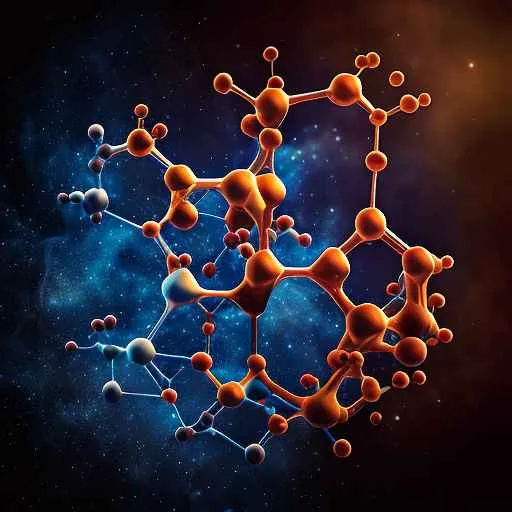Chiric sanango (Chiricaspi, Brunfelsia grandiflora) contains a group of compounds called alkaloids, which are believed to be responsible for its medicinal properties.
The most studied of them is ibogaine, contained in the bark of the root of the iboga plant (Tabernanthe iboga), native to West Africa, as well as in the sananga plant from the Amazon. Iboga has been used for centuries in traditional African medicine for personal transformation, and in 2000 it was declared a national treasure of the Republic of Gabon.
Therapeutic properties of ibogaine
Scientific studies have shown the following therapeutic properties of ibogaine:
- Treatment of addiction: Hundreds of scientific studies have reported a high degree of success in the treatment of addiction to opioids, cocaine and other substances. Studies show a decrease in drug cravings and relief of abstinence syndrome. In recent decades, ibogaine has been used in specialized clinics in Mexico, Canada, the Netherlands, South Africa, New Zealand and Costa Rica for the treatment of drug addictions, including heroin addiction. Many ibogaine users report visual phenomena during a “waking dream”, such as edifying repetitions of life events which led to their addiction, or visions that help them overcome fears and negative emotions which lead to addiction. Although ibogaine is not the only psychedelic causes psychological insights, it also provides unique physical effect suppressing the symptoms of opioid abstinence for people with addiction. [1] [2] [3]
- Neuroprotective and neuroregenerative properties (protection, restoration and plasticity of the brain nervous tissue). Ibogaine regulates launch the long-term synthesis and release of neurotransmitters, especially GDNF and BDNF – small proteins that promote the growth, development and survival of neurons. In simple words, ibogaine improves mental abilities and flexibility of behavior. It restores and reboots the brain’s reward system, which explains its long-term effectiveness in treating addictions and depression.
The neuroregenerative properties of ibogaine make it a perspective therapeutic instrument for treatment diseases associated with degeneration of nerve cells, such as Parkinson’s disease and Alzheimer’s disease, as well as for the treatment of neuropathic pain and traumatic brain injuries.
- Antidepressant effects: Studies have shown that ibogaine leads to a decrease in depression, anxiety, post-traumatic stress disorders.
The legality of ibogaine
Ibogaine treatment is officially allowed only in Mexico and New Zealand. In Canada, ibogaine is allowed for personal use and storage, but is prohibited for sale. Healthcare professionals can request ibogaine for use by patients through the Department of Health Canada’s Special Access Program.
In most countries, ibogaine is not regulated. This means that clinics specializing in ibogaine treatment are in “gray” zones.
Ibogaine is illegal in Russia and the USA. In addition, since 2020, the iboga plant containing ibogaine has been banned in Russia. However, the Chiric sanango is not included in the list of prohibited plants.
Chiric sanango as a natural source of ibogaine
The most famous plant containing ibogaine is iboga. This African plant with a centuries-old tradition of use in the Bwiti culture gives a strong psychedelic experience lasting up to 36 hours and accompanied by complete paralysis of the body and the release of consciousness into other dimensions. Chirp sanango, despite the presence of ibogaine in the composition, gives a much softer experience without strong shifts of consciousness. Chiric Sanango helps to work out the nervous system and psychic without interrupting our everyday reality.
Ibogaine has been used in psychotherapy for only a couple of decades, and already has an impressive list of cures for addictions and depression. However, it has side effects: acceleration of heart rate and breathing, increased blood pressure.
The chiric sanango has many centuries of traditional use. Its effect is much broader than the effect of ibogaine, because in addition to ibogaine, it contains several dozen alkaloids, which have interesting properties, including regulation of blood pressure. Nature has already given us a complex healing plant which provides the balance of the main body systems.
The main component which pure chemicals doesn’t have is the Spirit of the plant. In the shamanic tradition of retreats with chiric sanango, contact with the Spirit of Sanango comes gradually, but when it is established, the Spirit can help a person directly, even without the need to eat the plant.
Chiric Sanango: psychic rebirth at the cellular level
Why you need Chiric Sanango: Bones and nerves are the base for self–development



